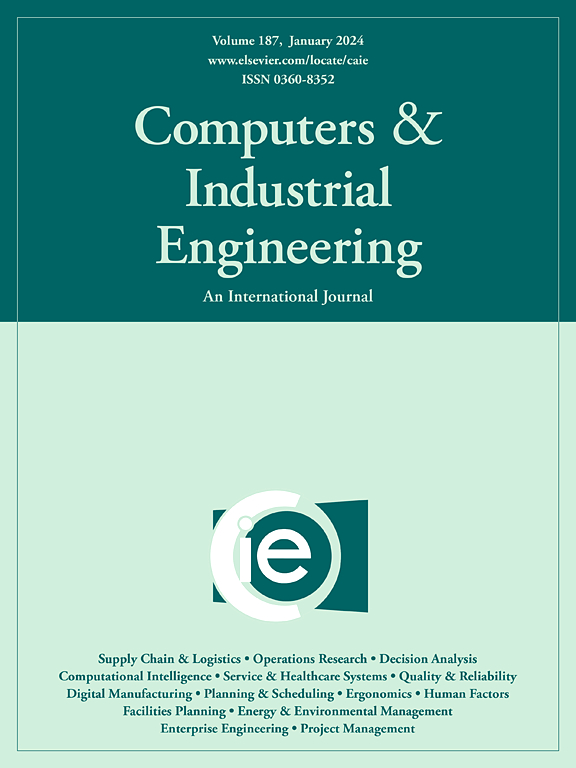为高配置系统开发数字工程:开发数字工程平台的分类标准
IF 6.7
1区 工程技术
Q1 COMPUTER SCIENCE, INTERDISCIPLINARY APPLICATIONS
引用次数: 0
摘要
本文章由计算机程序翻译,如有差异,请以英文原文为准。
Unleashing digital engineering for high-configurational systems: A taxonomy for developing digital engineering platforms
The significance of digital servitization in the industrial engineering domain is becoming increasingly apparent. A significant number of component and system manufacturers are attempting to incorporate digital services and products into their existing product portfolios with the aim of enhancing customer value. A promising avenue for exploration is the combination of digital engineering approaches with digital platforms, which could result in creating a digital engineering platform. However, the solution space for designing digital engineering platforms is wide, increasing the complexity for industrial organizations to choose the right configuration. To cope with this complexity in the conception phase, this paper presents a configurable model in the form of a taxonomy for such a platform, developed on the basis of a systematic literature review and demonstrated by applying it in a case study with a component and system manufacturer in the field of vacuum handling technology. The taxonomy aims to systematize the different design options for digital engineering platforms and simplify the selection of an adequate platform configuration. The results further help advance the understanding of digital platform configurations to support the digital engineering of highly configurable systems and their servitization.
求助全文
通过发布文献求助,成功后即可免费获取论文全文。
去求助
来源期刊

Computers & Industrial Engineering
工程技术-工程:工业
CiteScore
12.70
自引率
12.70%
发文量
794
审稿时长
10.6 months
期刊介绍:
Computers & Industrial Engineering (CAIE) is dedicated to researchers, educators, and practitioners in industrial engineering and related fields. Pioneering the integration of computers in research, education, and practice, industrial engineering has evolved to make computers and electronic communication integral to its domain. CAIE publishes original contributions focusing on the development of novel computerized methodologies to address industrial engineering problems. It also highlights the applications of these methodologies to issues within the broader industrial engineering and associated communities. The journal actively encourages submissions that push the boundaries of fundamental theories and concepts in industrial engineering techniques.
 求助内容:
求助内容: 应助结果提醒方式:
应助结果提醒方式:


